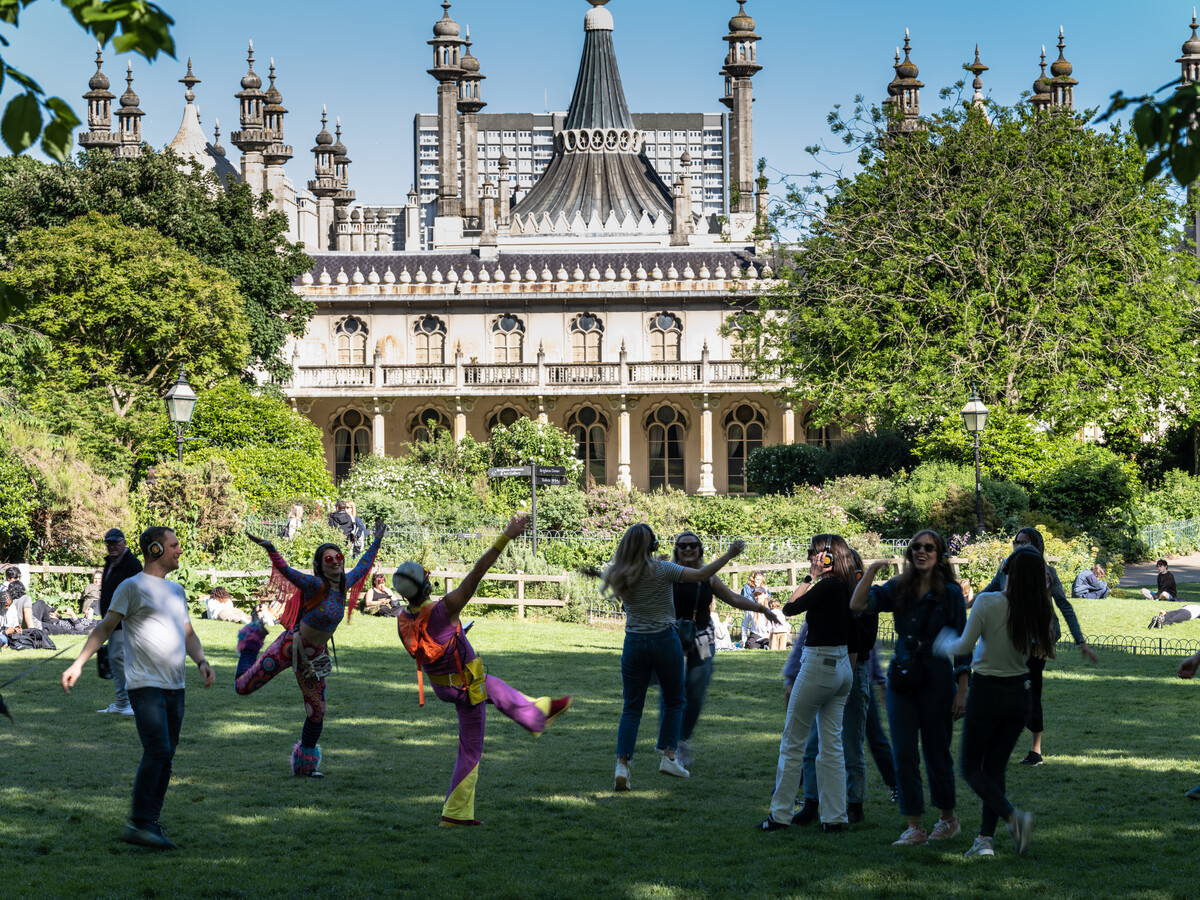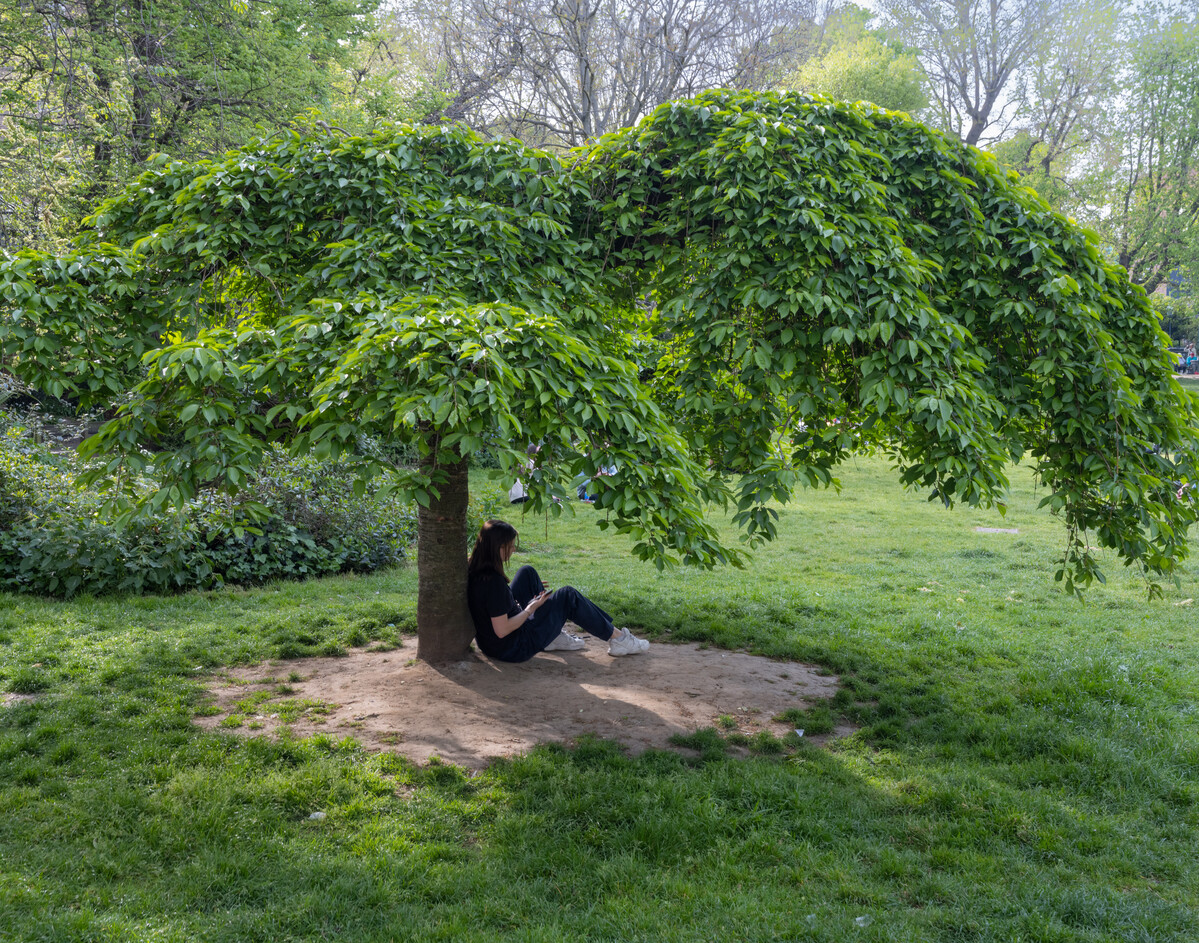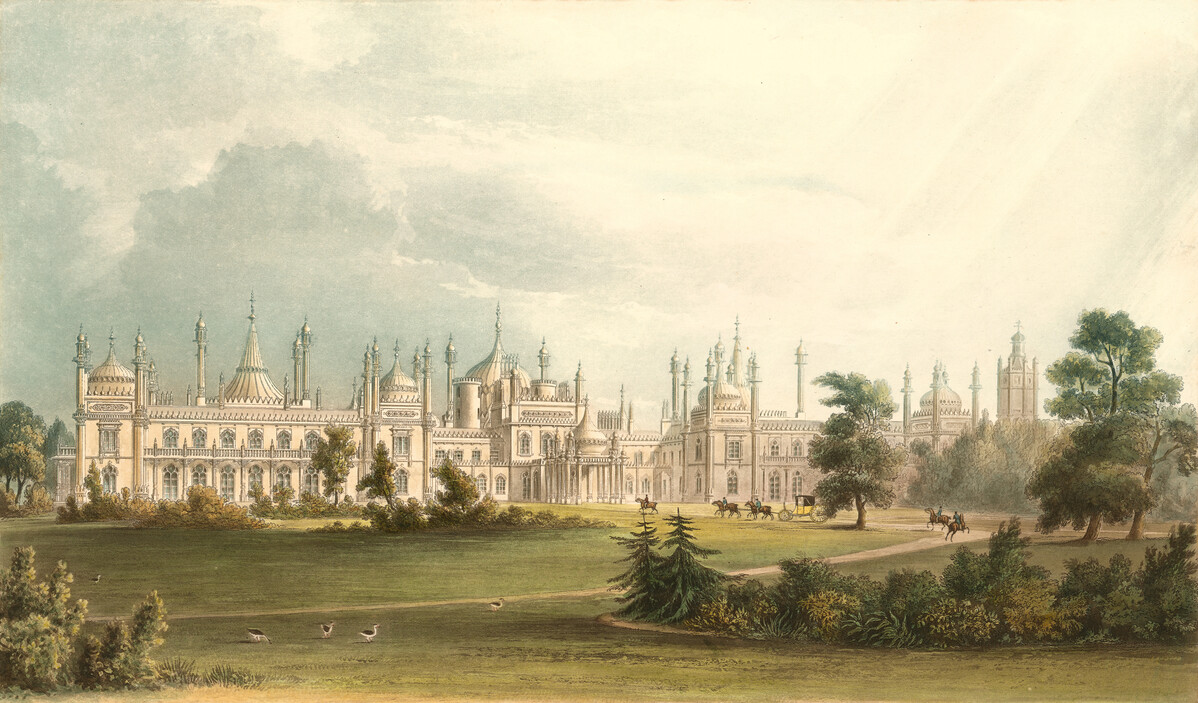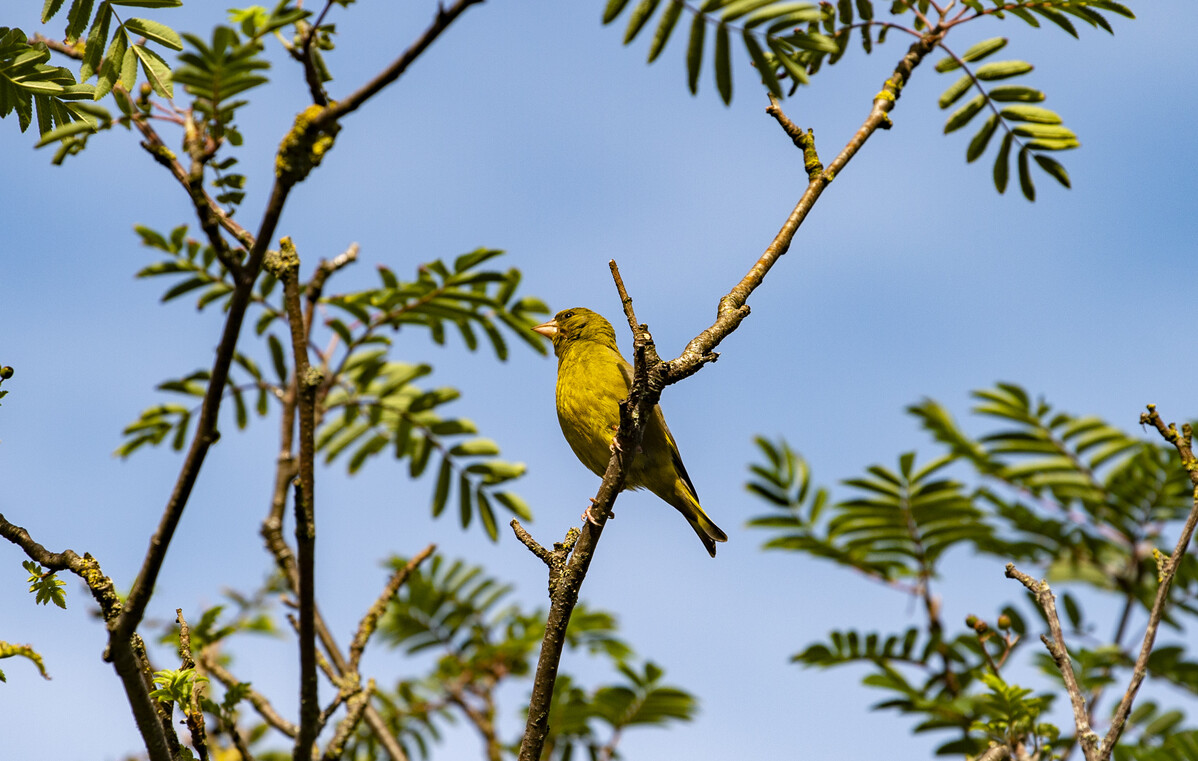
Garden
The Garden is a key part of the Royal Pavilion Estate. It’s also a wildlife haven and a much-loved meeting place in the heart of Brighton.
We have ambitious plans to improve the Garden but read on to discover what you can enjoy today.
A Garden Fit for A King: Reawakening Brighton’s Royal Estate
Find out more about our ambitious project to remove the Grade II listed garden from the Historic England “At Risk Register,” re-establish its identity and transform the way people engage with its heritage.

Architect John Nash began his transformation of the Royal Pavilion in 1815, and its glorious garden was designed as a pleasure ground fit for a king. Rejecting a formal layout, Nash was inspired by nature and landscape painting. In keeping with the spirit of the Royal Pavilion, new species of plants from outside of Europe were chosen, including many from China.
The gently winding paths and irregular groupings of trees, shrubs and flowers blurred the boundaries of the estate, creating an illusion of space and a series of changing views and sightlines.

Restoration of the Regency Garden
Nash’s elegant design was gradually destroyed over the years, first by uncontrolled tree growth and Victorian bedding, and later by tarmac roads. Work began in 1982 to restore the garden according to Nash’s plans. The curving pathways were recreated and shrubs were selected from species introduced before 1825. The most colourful and fragrant varieties have been planted close to the paths, as they would have been originally, while the beds nearest to the Royal Pavilion have the most dazzling displays of flowers.
Planting reflects the changing seasons. Visit in early spring and you’ll see flowering almond trees, quince and wild daffodils, while in the autumn, hydrangeas, chrysanthemums and tiger lilies are in bloom. Structure comes from shrubs in contrasting shades of green – there is always something of interest to see! Our garden is also the home of some of Brighton & Hove’s unique collection of elm trees, which from part of the National Elm Collection.

A haven for wildlife
The Royal Pavilion’s head gardener maintains the grounds with the help of a group of dedicated volunteers, who are always happy to share their knowledge. Look out, too, for our volunteer Garden Greeters during the summer months.
We use organic principles, native plants and natural planting techniques to encourage bees, butterflies and birds, despite our urban location. Once a private, enclosed space, today the garden is open and accessible to everyone.